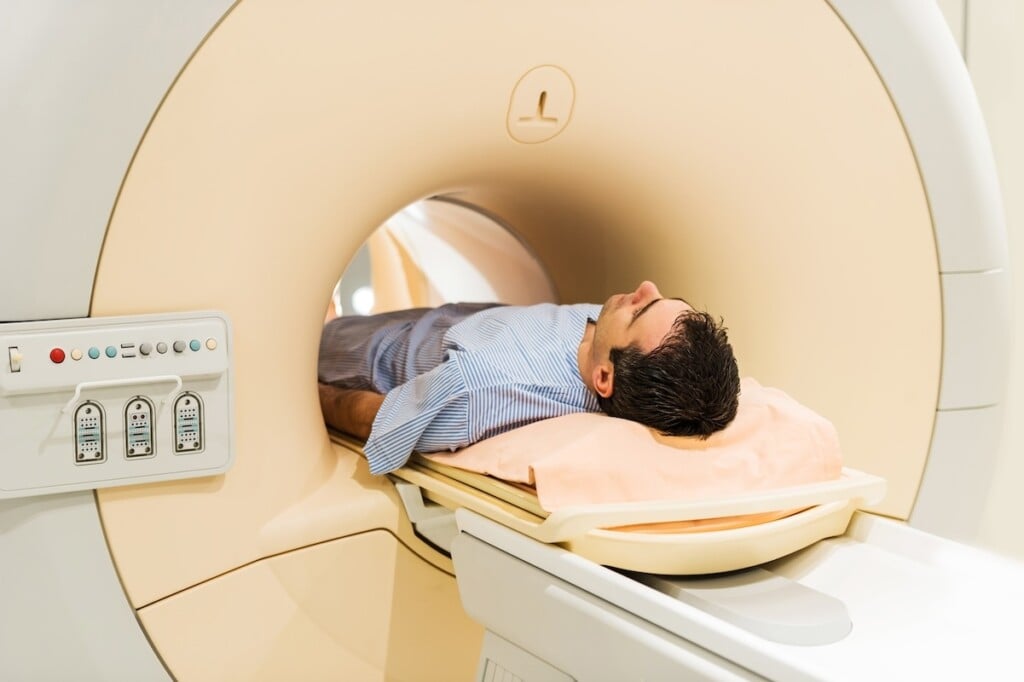Do You Understand Prostate Cancer?
If you’re a man—or have a man in your life— it may be time to clear out the cobwebs in your knowledge of this common, potentially deadly disease.

Quick, pop quiz—what are the four most common types of cancer worldwide? According to the World Health Organization, they’re breast, lung, colon-and-rectum and prostate. Prostate cancer is so widespread, in fact, that one in every eight men will be diagnosed with it in his lifetime, according to the American Cancer Society (ACS).
“It is quite common,” says Nitin K. Yerram, M.D., a urologist at Hackensack Meridian Health. “A lot of people think it’s a rare disease, but it isn’t. You most likely know of an uncle, a grandfather, a brother or a cousin who has been diagnosed with it.” Yet, despite that frequency, misinformation about the disease is rampant, and many men avoid the subject when it comes up.
“I think it’s always hard to talk about health but, in general, men seem to have even more difficulty,” says Dr. Yerram.
It is perhaps men’s hesitancy to discuss their health—and ask questions—that has helped to allow misconceptions about prostate cancer to flourish. To mark Men’s Health Month in June, BERGEN sat down with Dr. Yerram to clear up a few of them:
• “It’s an old man’s disease.” Here’s a myth the doctor often corrects while talking to his patients. Though your chances of getting prostate cancer increase as you get older, it’s not unheard of—or even terribly uncommon— for it to be diagnosed in early middle age. “It can absolutely be diagnosed in men in their 40s or 50s, which makes it important to emphasize screening,” says Dr. Yerram. “We typically start screening men in their late 40s or early 50s,” says the doctor. National guidelines backed by the ACS suggest 50. Other risk factors, such as a family history of the disease, bump it down to 45. Such screening involves both a physical exam by a doctor and a blood test that’s looking for prostate-specific antigen, or PSA. “Men with prostate cancer tend to have a higher PSA number than those who don’t, so it’s a useful tool to see which patient we need to examine further,” says Dr. Yerram. It’s also important to know that someone can have a high PSA reading for reasons other than prostate cancer—including an infection or an enlarged prostate. “My job is to check and confirm that it’s something else and not cancer,” says the doctor. “If it is, we go from there.”
• “If I have no family history, I’m safe.” As with many diseases, your chances of developing prostate cancer go up if others in your family, such as a father, uncle or grandfather, have also been diagnosed with it. When tracking your family history, it’s also important to look beyond just prostate cancer. To understand your risk factors, the doctor also flags any history of “adenocarcinomas”—that is, cancers that start in the glands that line your organs, such as breast, esophagus, lung and colon or rectum. But that doesn’t mean a lack of family history clears you of risk. “All men, regardless of family history, should begin getting a regular screening test sometime in their 50s,” says the doctor. “Someone with a family history should be getting screened even earlier.”
History is not the only risk factor considered. “It’s well documented that Black men have a higher risk of being diagnosed with prostate cancer and a higher aggressiveness of that cancer,” says Dr. Yerram. “We always try to start screening Black men a little earlier.”
• “If I have no symptoms, I don’t need to worry.” “That is inaccurate,” says the doctor with emphasis. “Prostate cancer is typically painless and symptomless, which is one of the most frustrating things about the disease. Men will say, ‘I feel great,’ and the problem is that it’s because the cancer is still in the prostate and has not metastasized. By the time prostate cancer causes symptoms, it typically has metastasized, which means that it has spread—possibly to the bones, the lungs or the brain. At that point, it’s often too late to provide a full cure.”
Says Dr. Yerram: “This is why early detection is extremely important. Because, if you find the disease early, the chance of a cure is extremely high.”
• “Treatments are always extremely invasive.” Medical science has come a long way, and even in a situation where the prostate needs to be totally removed, the procedure can be much less invasive than it was a few years ago. “We can now do everything through a two-centimeter incision,” says Dr. Yerram. “We have really advanced in our ability to do the surgery in the most minimally invasive way possible.”
These minimally invasive surgeries preserve the length of the urethra and the muscles in the area to ensure that bladder control isn’t affected, and any decline in erectile function that doesn’t recover after six months to a year can be managed with medication. With some minor adjustments, most men continue their lives as normal after treatment. Says the doctor: “At Hackensack, we’ve made it into an outpatient operation—most patients go home either the day of their procedure or the day afterward.”

